 The Youth of Marathon, a copy of the 4th century b.C. statue we had in the library (the original travelled to Bejing for the Olympics, this year!), seemed different after reading Dorian Grey. Maria Gerandreou and Maria Vergou, created the library version of Dorian, looking at himself in the mirror in his library (a slight adaptation of ours!), just before he shuttered it at the end of the book. The shuttered mirrors motif appears in Dracula, too, remember? We hope the image unites our two gothic novels with Phaedros, and the theme of art, love and ...books, which Socrates seemed to disapprove of.
The Youth of Marathon, a copy of the 4th century b.C. statue we had in the library (the original travelled to Bejing for the Olympics, this year!), seemed different after reading Dorian Grey. Maria Gerandreou and Maria Vergou, created the library version of Dorian, looking at himself in the mirror in his library (a slight adaptation of ours!), just before he shuttered it at the end of the book. The shuttered mirrors motif appears in Dracula, too, remember? We hope the image unites our two gothic novels with Phaedros, and the theme of art, love and ...books, which Socrates seemed to disapprove of.Ο έφηβος του Μαραθώνα, αντίγραφο του κλασικού αγάλματος του 4ου π.Χ. αιώνα, (τον στείλαμε και στο Πεκίνο για τους Ολυμπιακούς) είναι ο δικός μας Ντόριαν Γκρέυ, με την αιώνια νεότητά του, που κοιτάζει για τελευταία φορά τον καθρέφτη, πριν τον θρυμματίσει, σαν προείκασμα του δικού του τέλους. Θυμηθήκαμε ανάλογη σκηνή στο Δράκουλα, τον απέθαντο, που όμως δεν είχε είδωλο. Ελπίζουμε η σύνθεση και φωτογραφία της Μαρίας Βέργου και Μαρίας Γερανδρέου να ενώνει τα δυο γοτθικά μυθιστορήματα με τον επικείμενο Φαίδρο, και τα θέματα της τέχνης, του κάλλους, του έρωτα και των βιβλίων, που δε συμπαθούσε ο Σωκράτης!


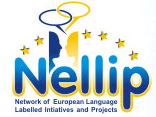







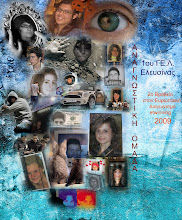

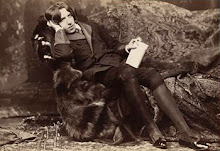
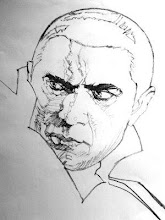



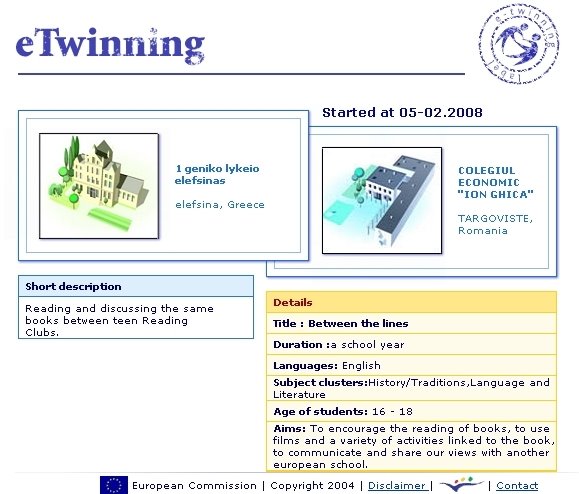






1 comment:
As we know, teenage is marked primarily by trying to build your unique identity. In the most natural possible way, young people do this by distinctions, by discrimination. The fact that, as teachers we can lead to the reading, to rediscover similarities, what it put them closer more than what divides them, is great. We discovered during this project many resemblances with our partners, we enjoyed very much to know that, and helped us very much to look things more deeply, I mean to read it… between the lines.
Post a Comment